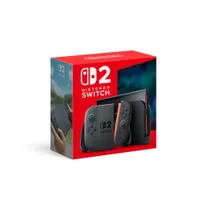Nintendo Switch 2 — 3 reasons to buy and 3 reasons to skip
Here's why you may want to get or ignore Nintendo's latest handheld/console hybrid
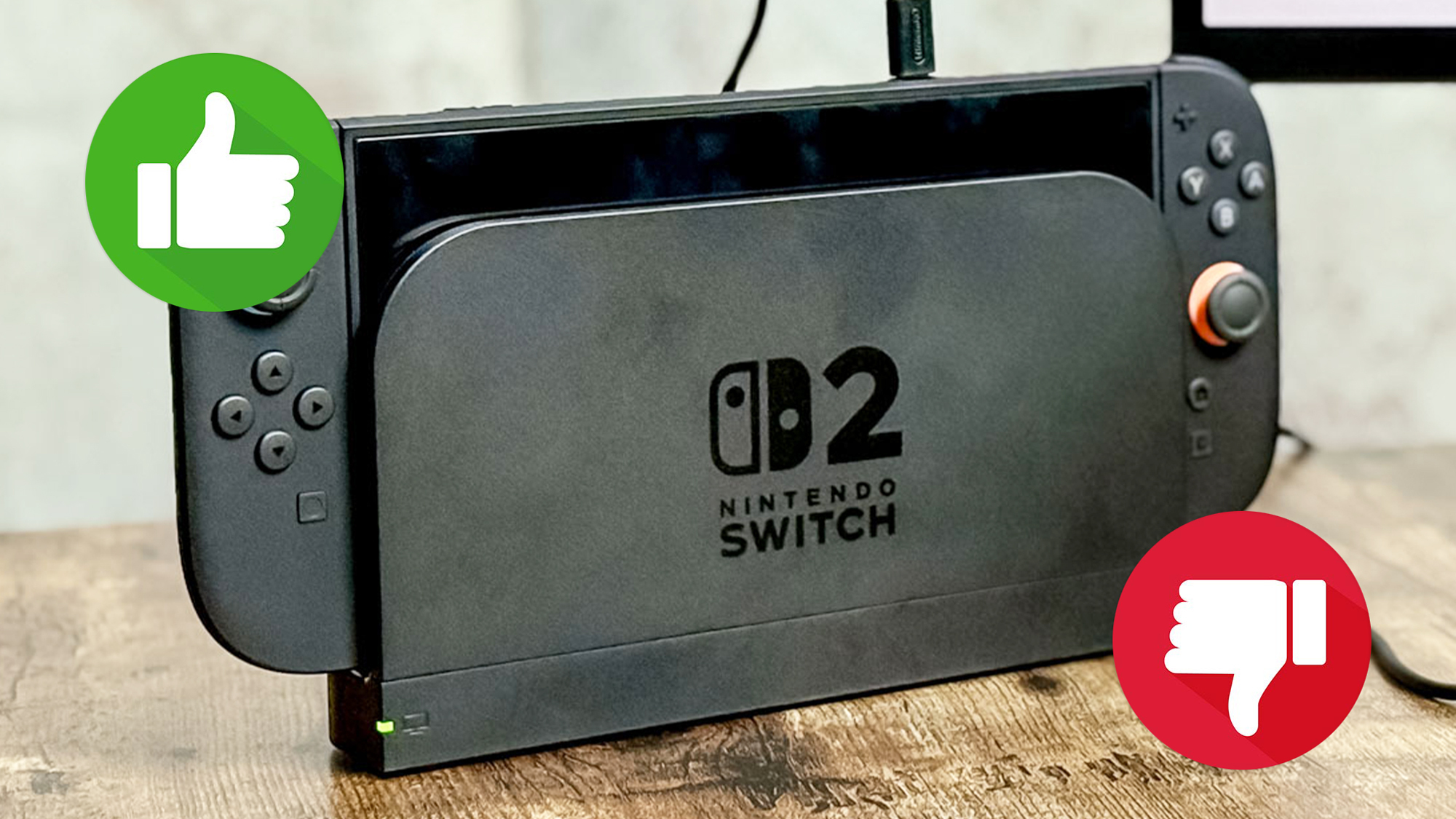
We went from anxiously waiting for the Nintendo Switch 2 launch this month to the console now being out for over a week. While Nintendo Switch 2 restocks haven’t exactly been hard to come by, 3.5 million units have already been sold. The console is a hit, and like those millions of people, I’ve been spending time with Nintendo’s latest system.
Thanks to the Switch 2's stronger specs, games look fantastic and run smoother. The Switch 2 isn’t comparable to a PS5 Slim or Xbox Series X performance-wise, but Nintendo’s system can run graphically demanding games that its predecessor couldn't. And though Switch 2 isn’t a complete redesign of the previous console, quality-of-life changes such as bigger Joy-Cons and a stronger kickstand make a big difference.
I wouldn’t consider myself the biggest Nintendo fan, but it’s hard to deny that the Nintendo Switch 2 is one of the best handheld gaming consoles out there. And while I think the system is great at what it does, it’s not perfect. It's certainly not ideal for everyone, even if it’s a must-have for certain folks.
So which camp will you fall in? Here are 3 reasons to buy and 3 reasons to skip the Nintendo Switch 2.
Nintendo Switch 2 takes what worked about its best-selling predecessor and makes impactful upgrades across the board. From the excellent, and noticeably larger, 7.9-inch display to the more powerful internal specs, the Switch 2 is a full leap forward and the best hybrid console you can buy.
Note that the system is currently sold out, so keep an eye on our Nintendo Switch 2 restock page for updates!
Nintendo Switch 2: Reasons to buy
Premium design
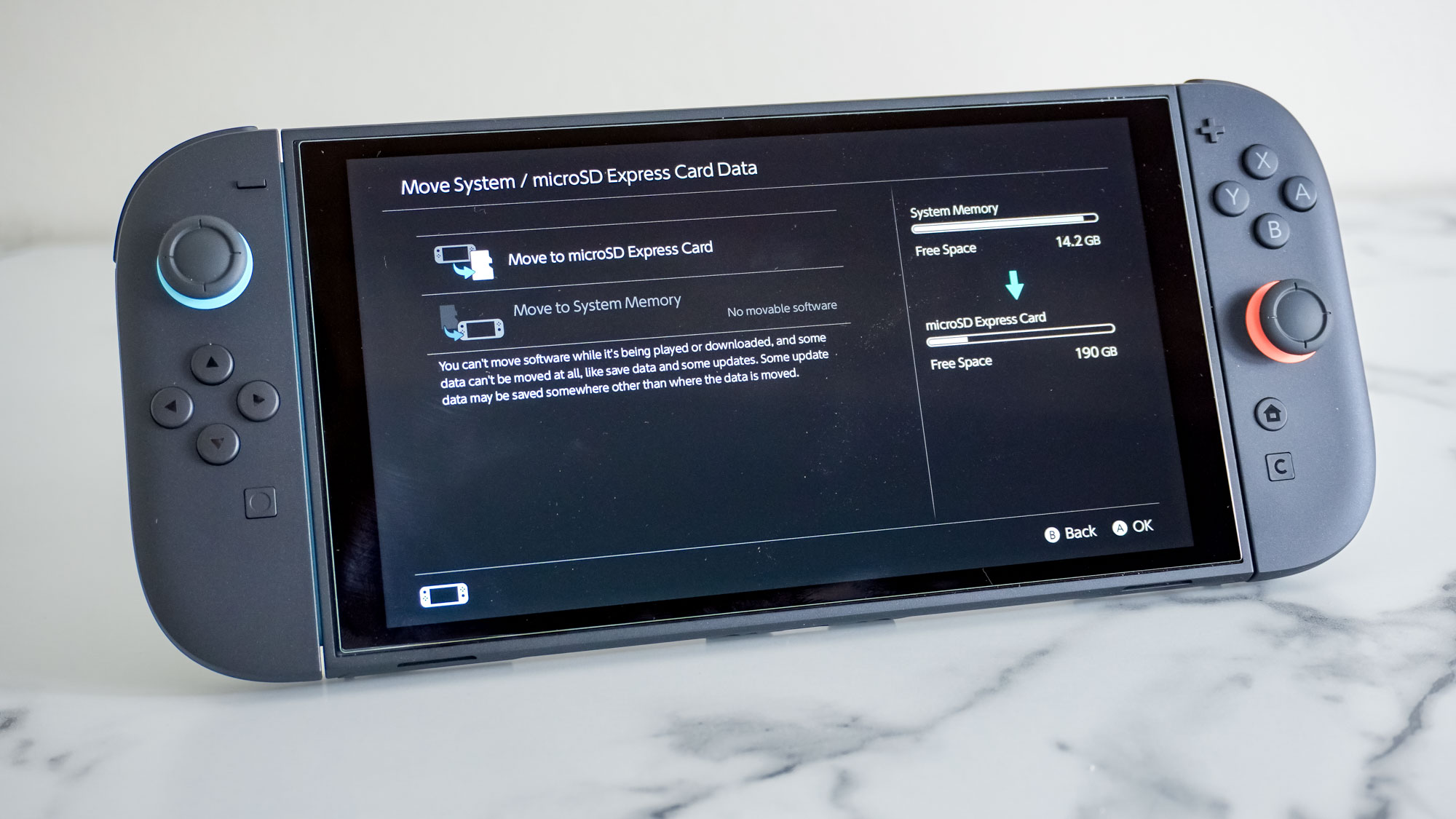
The Switch 2 hasn’t received a huge design overhaul. At a glance, you might even mistake it for the original Nintendo Switch. However, the differences become hard to ignore the instant you pick up the device.
The 7.9-inch display appears huge next to the original Switch’s 6.2-inch panel. The smaller bezels also help in this regard. Despite being an LCD, games look bright and colorful on the 1080p panel and run smoothly thanks to the 120Hz refresh rate.
I primarily play in docked mode, but I don’t mind occasionally playing in handheld mode. That’s because the Switch 2 is larger and heavier than its predecessor. That might be a con for some, but for me, it makes the system feel as premium as a Steam Deck OLED or an Asus ROG Ally X. It’s a joy simply holding this system.
Get instant access to breaking news, the hottest reviews, great deals and helpful tips.
I’m still not the biggest fan of Joy-Cons, but the controllers are much easier to use since they’re larger than the original versions. I like how they magnetically snap on and off with a simple press of a button, instead of the annoying rail system the previous Joy-Cons utilized.
The Switch 2’s design makes it feel less like a toy and more like a serious piece of tech. That said, the console still retains that classic Nintendo charm that even non-Nintendo fans like me appreciate.
Strong performance
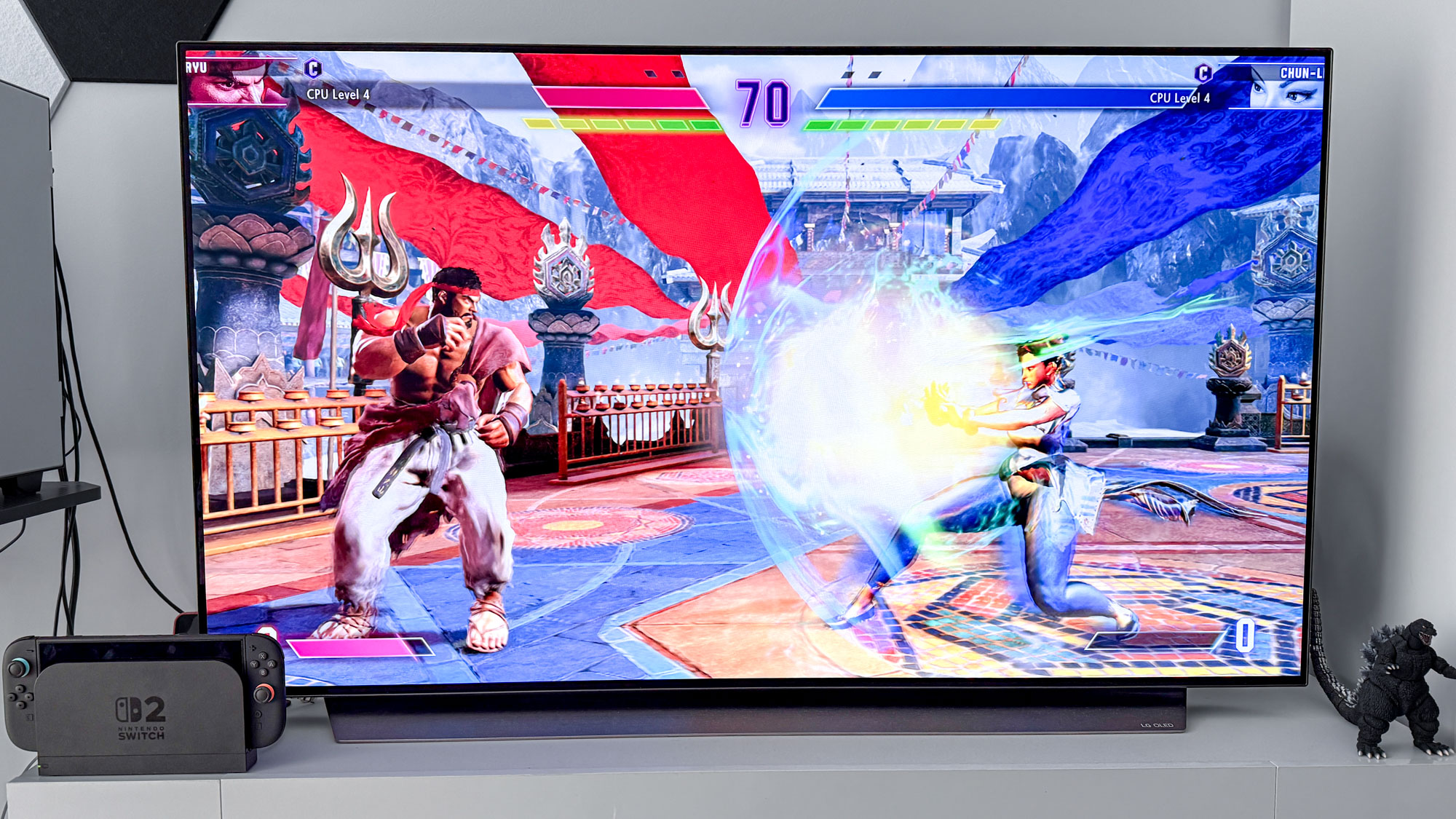
One of the main reasons I eventually stopped playing the original Switch was because of its disappointing gaming performance. I regularly play games at 60 frames per second or much higher, so being forced to play at 30 fps wasn’t fun.
Thankfully, the Switch 2 games I’ve played so far run like a dream. The system features a custom Nvidia chip that has the company’s DLSS upscaling technology.
Though Nintendo hasn’t disclosed this chip’s core count or what generation it belongs to, it’s powerful enough to run graphically demanding games like Cyberpunk 2077 and Street Fighter 6 without the system exploding. Generally speaking, the Switch 2 has power comparable to a PS4 or Xbox One.
In docked mode, the Switch 2 can hit up to 4K (3840 x 2160) resolution at 60 frames per second. It also supports 120 fps when 1920x1080 or 2560x1440 resolutions are selected. The system supports HDR10 and a 1920x1080 resolution in tabletop mode and handheld mode.
Original Switch games look atrocious on my 55-inch 4K OLED TV, but it’s a different story with Switch 2. Sure, games like Yakuza 0 and Cyberpunk 2077 look a tad fuzzier compared to their PS5 counterparts since they’re being upscaled from 1080p instead of 1800p, but they’re not a complete eyesore.
Switch 2-enhanced games like The Legend of Zelda: Tears of the Kingdom also look phenomenal, which is something I can’t say about the original Switch 1 version of that title.
For the best performance and resolution, docked mode is the best way to go. But whether it’s docked or in your hands, games look and run fantastically on Nintendo’s new system.
GameChat is fun

Nintendo is late to the party when it comes to basic game chat features that the PS5 and Xbox Series X have had since 2020. But I won’t give Nintendo too much grief about this since it’s better to get a feature late than not at all. And for what it offers, the company’s GameChat is pretty darn good.
As its name suggests, GameChat lets you talk with friends while playing games. This feature enables voice chat, screen sharing, and even video chat via a compatible USB camera. You can have up to 12 players in a voice chat session, and up to four can share their screens or participate in video calls.
I used the Nintendo Switch 2 Camera for GameChat, and this peripheral works nicely for the feature. Within GameChat’s options, you can choose between showing everything the camera captures or just your head. It does the latter with reasonably accurate face tracking. If there are multiple people in the room with you, it’ll track everyone’s face, which can be beneficial for local multiplayer sessions.
For your background, you can show what’s on your game screen, which is good if you’re playing a different game than others in the chat. I don’t like that the game’s fps is sub-30, but your in-camera frames per second does at least stay at a steady 30.
The only drawback for GameChat is that it’s locked behind a Nintendo Switch Online account. However, being subscribed gives you access to game libraries from the NES and SNES for the standard tier ($19 per year) and GameCube and Sega Genesis for the Expansion Pack ($49 per year).
I probably won’t use GameChat all that often, but having access to classics like Super Mario World and Killer Instinct will keep me subscribing. GameChat can basically be a nice bonus.
Nintendo Switch 2: Reasons to skip
Short battery life
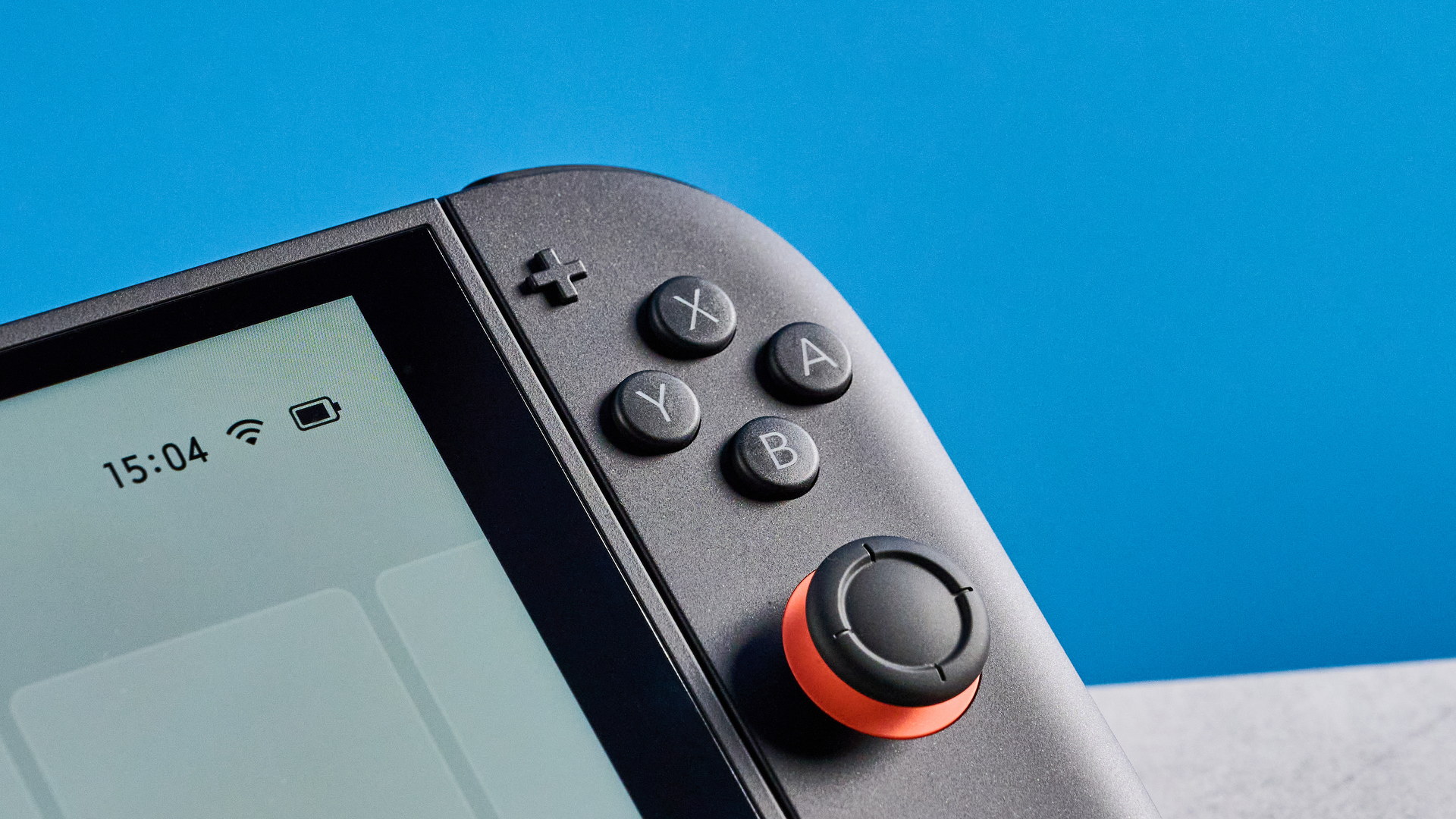
I’m not too concerned about the Switch 2’s battery life since I almost exclusively play in docked mode. However, if you mostly play in handheld or tabletop mode, you’re going to be disappointed with the Switch 2’s battery life.
We couldn’t perform our standard battery life test on the Switch 2. Because of that, the testing we performed is purely anecdotal and our results might differ from what you experience. That said, many of us at Tom’s Guide have the system and we’re all seeing relatively similar results.
On average, the Switch 2 lasts about 2.5 hours when playing demanding games. That’s far less than the 5 hours of play time we got on the Switch OLED, but a little better than the 2 hours I got from the Steam Deck OLED.
Given the Switch 2’s short battery life, I suggest bringing your Switch 2’s AC adapter if you’re on the road.
Few Switch 2 exclusives
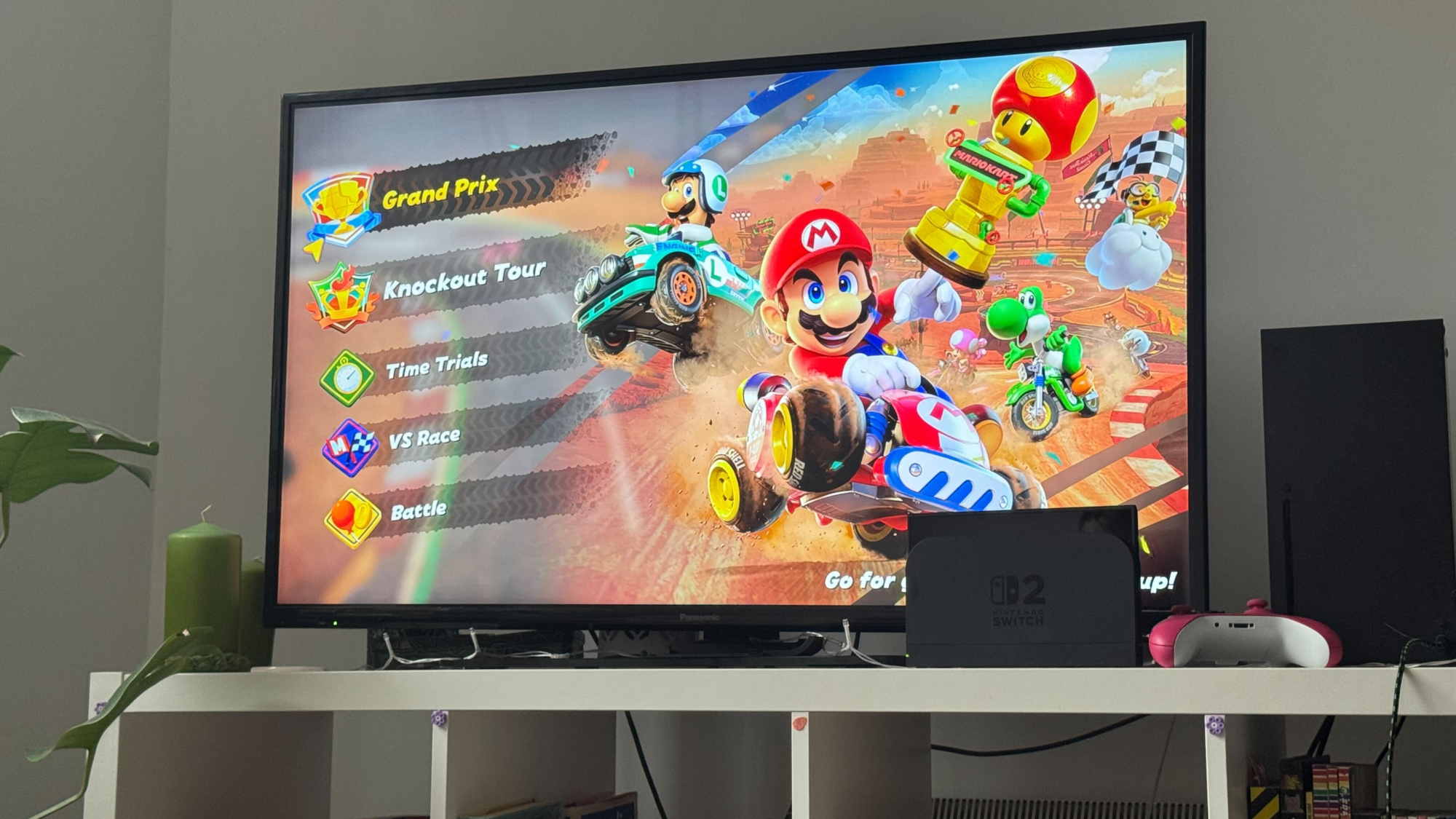
Mario Kart World is a bona fide system seller since it packs so much content. It’s a good thing that this game can potentially keep you occupied for months because right now, it’s one of two true Switch 2 exclusives.
For the most part, Switch 2 launch games consist of third-party games like some of the ones I mentioned above. That’s not necessarily bad, but when you consider many of these titles have been available for years on other platforms and might be cheaper, these games might not be must-haves.
There are some enhanced first-party games, such as Switch 2 editions of The Legend of Zelda: Breath of the Wild and Tears of the Kingdom. These games look and run better than ever, but you might not want to replay them if you’re looking for brand-new experiences.
The Switch 2 exclusive Donkey Kong Bananza arrives on July 17, and Metroid Prime 4 will surely be the best on the new system when it launches later this year. But for the moment, you might want to wait on buying the new system until Switch 2 has a more robust library of exclusives.
Steep asking price
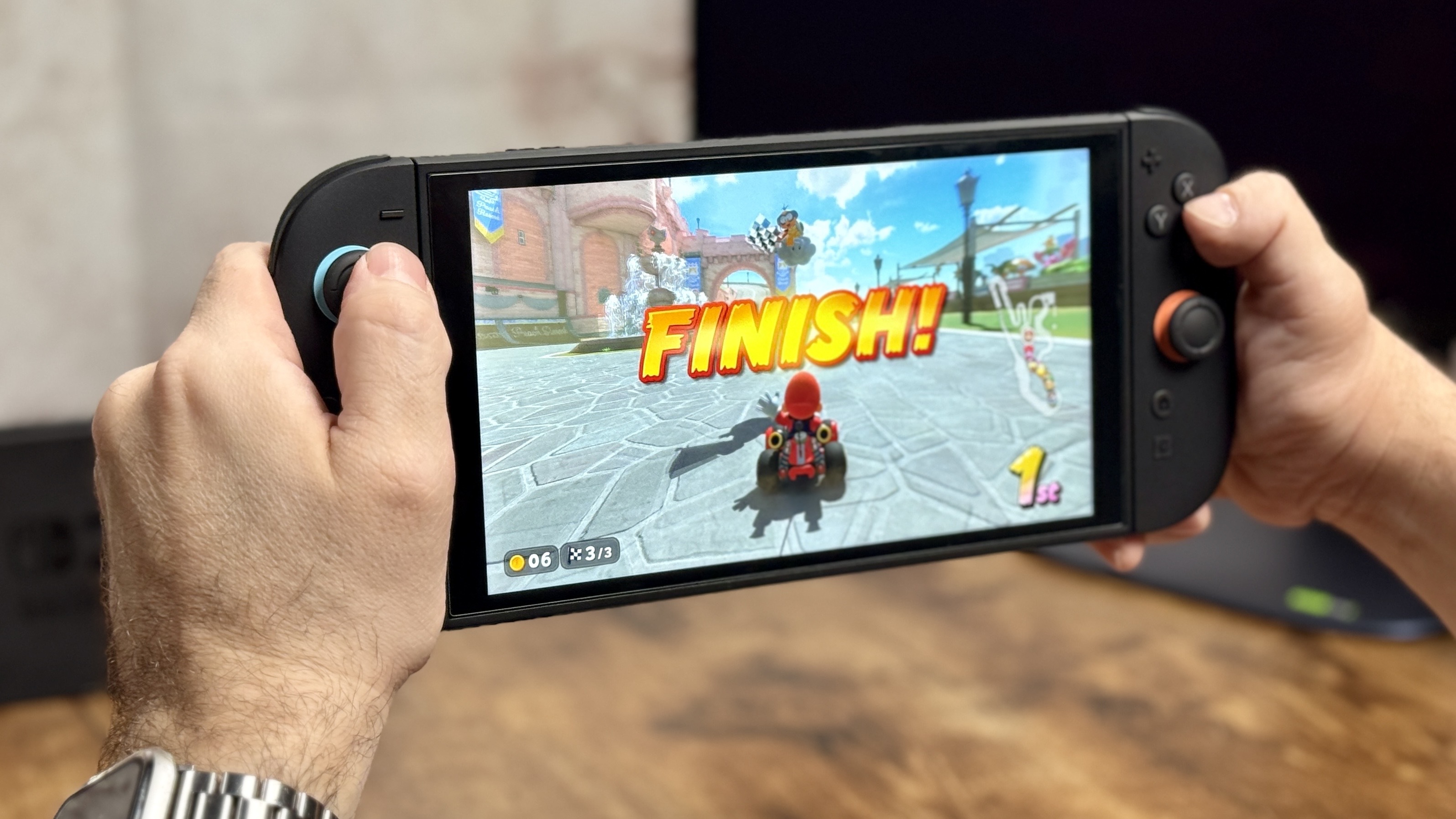
The last reason you might want to skip the Nintendo Switch 2 is because of its asking price.
Right now, the Switch 2 costs $449 for the base system or $499 for the Mario Kart World bundle. That’s not exactly cheap, especially when you consider that the entry-level Steam Deck costs $399 and has access to a wider library of games. And as I said, there aren’t many Switch 2 exclusives available at the moment.
While the Switch 2’s cost is arguably justifiable since it’s the only system that can (legally) play first-party Nintendo games, its asking price is hard to swallow.
Bottom line
The Nintendo Switch 2 isn’t revolutionary, but it’s a welcome upgrade over its predecessor. Whether in docked or handheld mode, it delivers rock-solid gaming performance for both first- and third-party games. It’s an impressive piece of tech that’s worth considering.
As great as Switch 2 is, though, its upgrades might not be compelling for all current Switch users. The system is also rather expensive, especially when compared to an entry-level Steam Deck. Because of that, you might want to hold off on buying one for now.
More from Tom's Guide
- How to connect Nintendo Switch 2 to your TV or monitor
- I spent an entire weekend playing the Nintendo Switch 2 — these 5 features really stand out
- WWDC 2025 — 7 biggest announcements that will actually make your life easier

Tony is a computing writer at Tom’s Guide covering laptops, tablets, Windows, and iOS. During his off-hours, Tony enjoys reading comic books, playing video games, reading speculative fiction novels, and spending too much time on X/Twitter. His non-nerdy pursuits involve attending Hard Rock/Heavy Metal concerts and going to NYC bars with friends and colleagues. His work has appeared in publications such as Laptop Mag, PC Mag, and various independent gaming sites.
You must confirm your public display name before commenting
Please logout and then login again, you will then be prompted to enter your display name.
